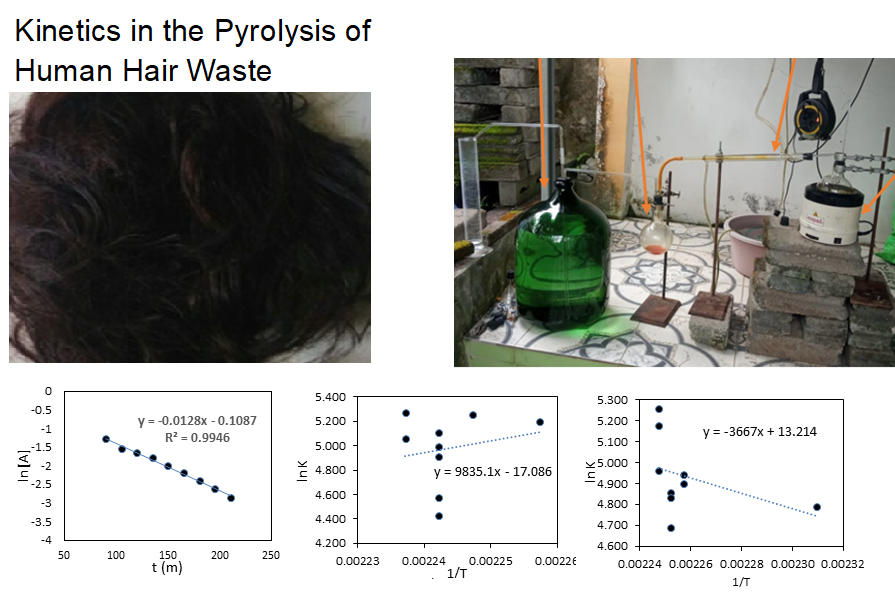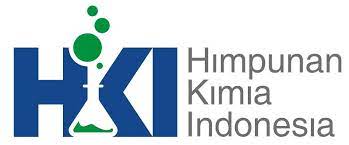
Reaction Kinetics in the Pyrolysis of Human Hair Waste
DOI:
10.29303/aca.v5i1.113Published:
2022-04-28Issue:
Vol. 5 No. 1 (2022)Keywords:
Waste Hair, Pyrolysis, Kinetics, GasArticles
Downloads
How to Cite
Anom, I. D. K., & Lombok, J. Z. . (2022). Reaction Kinetics in the Pyrolysis of Human Hair Waste. Acta Chimica Asiana, 5(1), 186–192. https://doi.org/10.29303/aca.v5i1.113
Downloads
Download data is not yet available.
Metrics
Metrics Loading ...






 Indonesian Chemical Society, Chapter Nusa Tenggara. Jalan Majapahit 62 Mataram, University of Mataram, 83125, Indonesia
Indonesian Chemical Society, Chapter Nusa Tenggara. Jalan Majapahit 62 Mataram, University of Mataram, 83125, Indonesia





